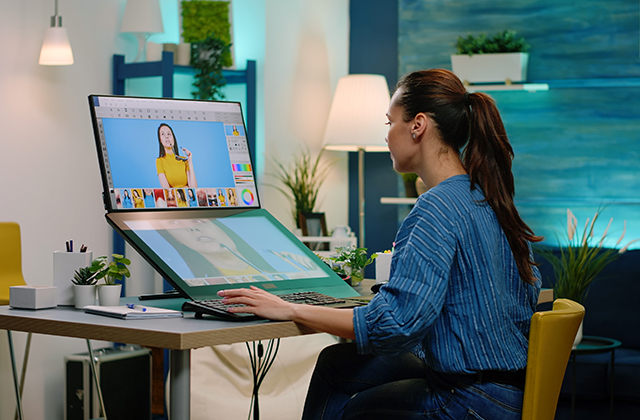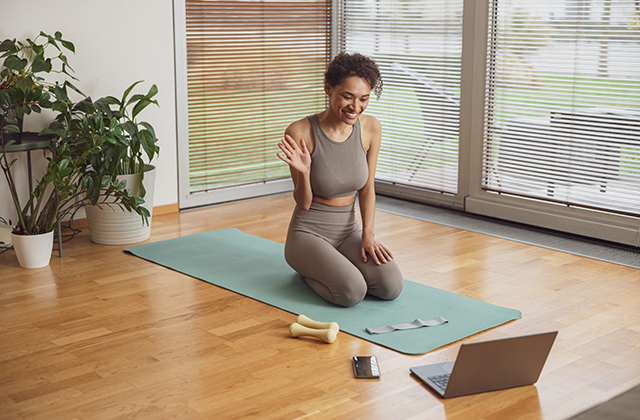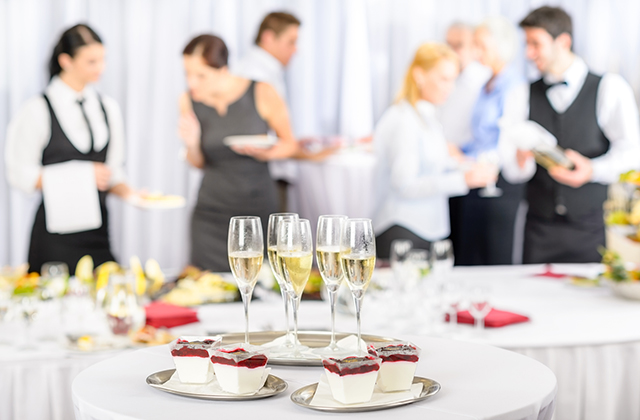Introduction
Have you ever had an idea that you just couldn’t quite bring to fruition? Maybe you had a creative vision for a new project, but you couldn’t seem to get all the pieces to fit together. This is where concept boards come in. Concept boards are a tool that can help you organize your thoughts, streamline your ideas, and create a visual representation of your vision. Tv storyboard is a tool that can be use in creating film.
What is a Concept Board?
A concept board is a visual representation of an idea, project, or design. It typically consists of a collection of images, text, colors, and other visual elements that are arranged in a way that conveys the intended message or concept. Concept boards can be created for a wide range of purposes, from product design to event planning to interior decorating.
The Benefits of Concept Boards
There are several benefits to using concept boards, including:
- Providing a clear visual representation of your ideas
- Streamlining the creative process by organizing and refining your thoughts
- Facilitating communication with team members, clients, or stakeholders
- Saving time and resources by ensuring that everyone is on the same page
- Inspiring creativity and innovation by encouraging new ideas and perspectives
How to Create a Concept Board
Creating a concept board can seem overwhelming, but it doesn’t have to be. Here are the steps to follow to create an effective concept board:
Brainstorming
Start by brainstorming your ideas and jotting down any thoughts or concepts that come to mind. This step is all about generating as many ideas as possible, so don’t worry about organizing them just yet.
Collecting Inspiration
Once you have a list of ideas, start collecting visual inspiration that aligns with your concept. This can include images, textures, colors, fonts, and anything else that inspires you.
Choosing a Theme
Next, choose a theme or overarching concept for your board. This will help you narrow down your ideas and ensure that all the elements of your board work together cohesively.
Selecting Images and Text
With your theme in mind, start selecting specific images and text that align with your vision. You can use a combination of photographs, illustrations, typography, and other visual elements to create a cohesive look and feel.
Organizing and Arranging
Once you have your visual elements selected, it’s time to start arranging them on your board. Experiment with different layouts and arrangements until you find the one that works best for your concept.
Refining and Revising
Finally, refine and revise your concept board until it accurately represents your idea or project. This may involve adding or removing elements, adjusting colors and typography, or making other tweaks until you’re satisfied with the final product.
Tips for Effective Concept Boards
- Keep it simple and focused
- Use high-quality images and typography
- Stick to a consistent color palette
- Consider the overall message and tone
- Use negative space effectively
Concept Boards for Different Industries
Concept boards can be used in a wide range of industries and applications. Here are a few examples:
Fashion Design
Fashion designers can use concept boards to visualize their designs and create a cohesive collection. A concept board can include inspiration images, fabric swatches, sketches, and other elements that convey the designer’s vision.
Interior Design
Interior designers can use concept boards to create a visual representation of a space they are designing. A concept board can include images of furniture, color palettes, fabric swatches, and other elements that convey the intended look and feel of the space.
Advertising and Marketing
Marketers and advertisers can use concept boards to develop creative campaigns and strategies. A concept board can include images, headlines, slogans, and other visual elements that convey the intended message or tone.
Product Design
Product designers can use concept boards to visualize and refine their product designs. A concept board can include sketches, 3D renderings, inspiration images, and other elements that convey the intended look and feel of the product.
Conclusion
Concept boards are a powerful tool for visualizing and bringing your ideas to life. By following the steps outlined in this article, you can create an effective concept board that streamlines your creative process, communicates your vision clearly, and inspires innovation. Visit our website to check the artwork that we have done.



